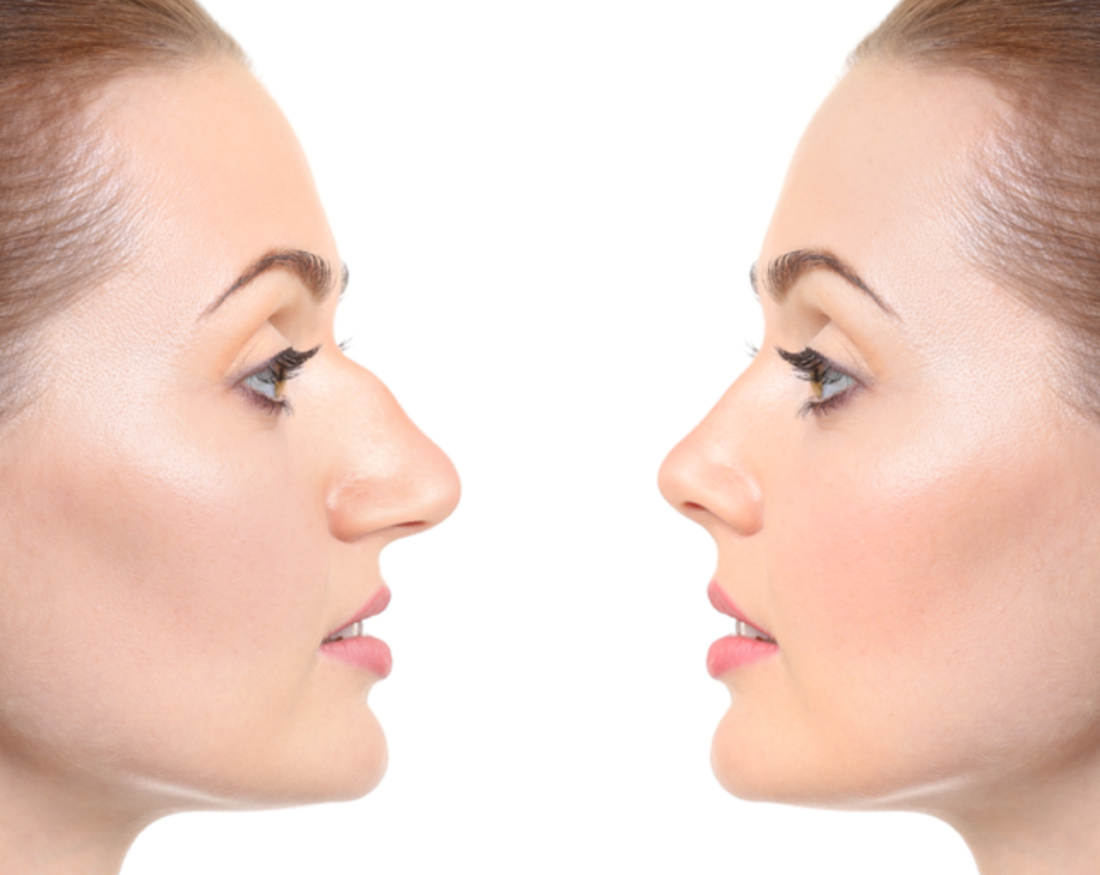The transformative power of rhinoplasty over facial harmony is pretty obvious to all of us. It can help with various issues related to your nose, such as improving its shape or changing the size of your nostrils.
There are different types of rhinoplasty used for both cosmetic and functional purposes to help you get the comfort you’ve always wanted.

So if you’re interested in learning the options available to you, this is the right read for you.
This article will give you a brief overview of the major types of rhinoplasty in Santa Monica so you can get a bit of insight into this popular cosmetic procedure.
Rhinoplasty Techniques
Rhinoplasty is a versatile procedure with different types to accommodate various patients’ needs, desired outcomes, and ethnicities. If you are considering rhinoplasty, discuss your options with a qualified rhinoplasty surgeon to determine the best procedure for the results you want.
You may already be familiar with open rhinoplasty (where incisions are made outside the nose) and closed rhinoplasty (incisions are made inside the nose). However, there are other ways we can categorize these techniques.
Here is an overview.
Reduction Rhinoplasty
Reduction rhinoplasty is the most common type of rhinoplasty procedure. It takes away structurally unnecessary cartilage and bone from the nose to improve its symmetry and balance.
This procedure is ideal for individuals with an overly large nose or a distinct hump on the bridge.
Augmentation Rhinoplasty
Augmentation rhinoplasty is the opposite of reduction rhinoplasty as it adds volume to the nose. This procedure is suitable for individuals with small, underdeveloped, or flat noses that lack definition.
Augmentation rhinoplasty can be accomplished with various techniques, such as using natural or synthetic implants, and can improve the overall facial profile.
Ethnic Rhinoplasty
This type of rhinoplasty is tailored to improve the aesthetic appearances of noses belonging to a broad ethnic group.
It can help bring more balance and proportionality to the nose, bridge, and nostrils, while still preserving the ethnic features and characteristics.
Non-surgical Rhinoplasty
Non-surgical rhinoplasty is a non-invasive method that utilizes fillers, such as hyaluronic acid, to smooth out uneven areas.
This procedure, also known as liquid rhinoplasty, is a quicker and less expensive alternative to traditional rhinoplasty, but it is only suitable for minor adjustments.
Functional Rhinoplasty
Functional rhinoplasty, unlike cosmetic rhinoplasty, addresses the functional issues of the nose, such as a deviated septum, collapsed nasal wall, or narrow internal nasal valve.
It improves breathing and corrects nasal obstruction by reconstructing the internal nasal structure. Functional rhinoplasty is also referred to as septoplasty.
Revision Rhinoplasty
Also known as secondary rhinoplasty, revision rhinoplasty is performed when the first procedure fails, or the patient is unsatisfied with the results.
It is typically more complicated than primary rhinoplasty and requires a surgeon with significant expertise and experience.
Frequently Asked Questions
Are There Any Ways to Reduce Swelling Faster After Rhinoplasty?
Swelling and bruising after rhinoplasty can last for several weeks, with most of it subsiding within the first two weeks.
To help reduce swelling faster, it is advised to keep your head elevated, use cold compresses, and follow your surgeon’s post-operative care instructions.
Can Rhinoplasty Correct Breathing Problems or Other Functional Issues With the Nose?
Yes, rhinoplasty can address functional issues with the nose, such as a deviated septum or nasal valve collapse.
Functional rhinoplasty focuses on improving the airflow and nasal function while also improving the nose’s appearance.
Will There Be Any Noticeable Changes Immediately After the Rhinoplasty Surgery?
While there will be some visible changes immediately after surgery, it can take several months or even up to a year for the final results of rhinoplasty to fully settle.
Initially, there will be swelling, and as it reduces, the true outcome will become more apparent.
What Measures Can Be Taken To Minimize Rhinoplasty Risks?
Rhinoplasty carries some risks and potential complications much like any other surgical procedure, such as infection, bleeding, and scarring.
To minimize these risks, choose a skilled and experienced surgeon, follow post-operative care instructions diligently, and attend all follow-up appointments.
Are There Any Age Restrictions for Getting Rhinoplasty Surgery?
There is no ideal age for rhinoplasty, as it depends on individual circumstances and maturity.
Generally, surgeons prefer to perform rhinoplasty on people whose nose has stopped growing, which typically occurs around the age of 15 to 16 for girls and slightly later for boys.
What Is the Recovery Process for Rhinoplasty Like?
The recovery process for rhinoplasty involves initial swelling, bruising, and discomfort, which reduces over time. Most patients can return to work or school within one to two weeks, but it may take several weeks or months to fully recover.
Following your surgeon’s post-operative instructions, such as avoiding strenuous activities, protecting the nose from trauma, and taking prescribed medications, is important for a smooth recovery.



